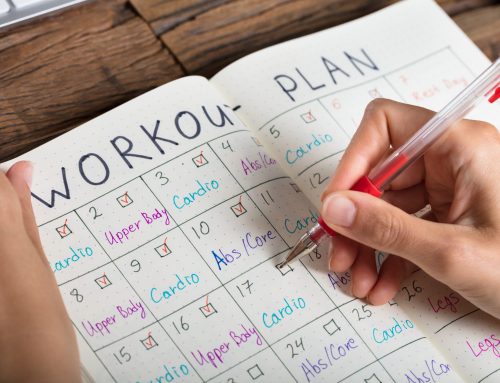Are you sitting too much?
Have you ever stopped to think how much you are sitting during a day? For the majority of people sitting makes up a larger portion of our day. We sit down to eat breakfast, commute to work sitting, work sitting at the desk, commute to home sitting, eat the evening meal sitting and relax to watch TV sitting down! Some research suggests that we are sitting on average more than we are sleeping, 9 hours and 20 minutes versus 7 hours. Can you think of the last time you got up out of your chair today? Maybe you should stand up to read this. From the growing research into prolonged sitting, there are some scary statistics. The health risks of too much sitting can be associated with Diabetes, Cardiovascular Disease, Musculoskeletal Symptoms, Metabolic Syndrome, Weight gain and Obesity and the list goes on. Even though it is not a diagnosable or recognised disease, some are even using the term “sitting disease”.
The Effects of Prolonged Sitting
So how does sitting for long periods greater than 6 hours effect our bodies? Immediately after sitting
- Electrical activity reduces in our legs;
- Calorie burning drops to 1 per minute;
- Digestive enzymes decrease.
As the hours, day, weeks and years of sitting add up it impacts
- Fatigue from reduced blood flow from holding the muscles in the torso neck and shoulders in a relative fixed position;
- Fitness levels decrease, heart and lung efficiency reduces, risk of injury and disease increase;
- Legs as blood often pools resulting in numbness and varicose veins;
- Increases your weight, obese people sit for 2.5 hours more hours than healthy weight.
But I exercise every day, I hear you saying. Well one of the scary things about the research findings is this does not matter. What matters is how long you sit per day! One study revealed that sedentary lifestyle shortens life expectancy. By cutting sitting time in half, life expectancy would potentially increase by roughly:
- 2 years (by reducing sitting to less than 3 hours a day);
- 4 years (by reducing TV time to less than 2 hours a day).
How can I reduce the health impact of my sitting?
- Stand more. A good example of this is one of my clients who experiences chronic low back pain. They found using a standing desk significantly reduced the frequency, intensity and duration of their aggravations. Plus, your body will burn 10% more calories when you are standing instead of sitting.
- Get up every 30 minutes. When reviewing office ergonomics I advise staff to set a 30 minute recurring appointment in Outlook to remind them to get up.
- Stand up while on the phone.
- Have walking meetings. Leaders in their fields such as Aristotle, Sigmund Freud, Steve Jobs, Harry S Truman and Charles Dickens all swore by them. Walking meetings have been shown to increase productivity, reduce stress and increase energy and focus.
- Drink more water. What happens when you drink more water? You go to the toilet more often. A great way to get you up out of your chair!
- Take the stairs. If you work in an office building, why not take the stairs? Even better why not take them up or down to go to the toilet?
- Take a few minutes to stretch your neck, shoulder, back and legs to get the blood flowing.
- Use Active Travel. Look at how you can use walking or cycling with your journey to and from work every day.
The solutions seem simple, but the effects may be profound. If you are still sitting down reading this, it’s time to get up and move.





